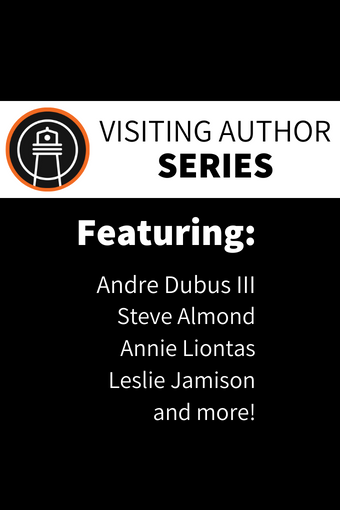
My debut novel, The Bookseller, is mainstream fiction – what I’d term a “book club book.” It’s the sort of novel that won’t win a Pulitzer, but gives readers more to think about than your average beach read. This is my wheelhouse, the genre in which I’ve always been most comfortable writing.
I know, I know…that word, “genre,” is cringe-worthy. We novelists don’t like to box ourselves in. Genres categorize and classify our work. Who wants that?
Nonetheless, genre does matter. Agents, editors, booksellers, librarians – and, eventually, readers – put novels into neat groupings: fantasy, romance, mainstream – and yes, gulp, even “literary.”
When I started writing my second novel, I didn’t want to write another Bookseller. While I love the idea of “book club books,” this time my goal was to write a sort of hybrid mainstream-thriller. I even believed I’d coined a clever new genre: the “whydunit.” (I later learned I was far from the first to say that.) My second novel would be suspenseful, but literary – more about “why” than “who.”
The end result – The Glass Forest – came out in 2018. But after I finished patting myself on the back, I learned something surprising: my brainy “whydunit” was significantly more difficult to categorize than my single genre debut had been. My publisher called it a thriller, but (maybe because it doesn’t have a “Girl” title, and a beautiful young woman is not mysteriously murdered) some devotees of the thriller genre found it slow going.
Does this mean writers shouldn’t cross genres? Should we stick to our tried-and-true, so our readers know what to expect from us?
To that, I’d give a resounding NO. The writing process is meant to be edifying. If we don’t discover something new when we write, where’s the joy in it?
To my relief, most readers love The Glass Forest as much as they loved The Bookseller – and some of them, even more so. Just as importantly, readers new to my work also love it. Perhaps I’ve made them aware of a fresh genre to explore.
This awareness makes sense. According to a Writer’s Digest article, “…take a close look at any bookshelf today, and you might be surprised to see how much the lines between genre fiction and mainstream fiction — and even between certain traditionally compartmentalized genres — are blurring.” You only need to look at the success of dual genre novels such as (to name a few) The Handmaid’s Tale (literary dystopia), the Sookie Stakhouse series (Southern vampire romance), or the recent, critically acclaimed debut Miracle Creek (literary courtroom drama) to see evidence of this.
What it comes down to is this: write the novel that speaks to you. Forget about genre; forget about categorization. Then, after you’ve written and revised your book, enter the publication process with eyes open. Know where your novel fits in – whether single, dual, or even multi genre. Define your novel’s place in the market, and you won’t face the surprises I did when The Glass Forest pubbed.
Interested in learning more? We’ll be discussing this topic in my Lit Fest craft session “The Dual Genre Novel” on June 11th. Please join us!
Cynthia Swanson is the New York Times bestselling author of The Glass Forest and The Bookseller. Find her at cynthiaswansonauthor.com.

